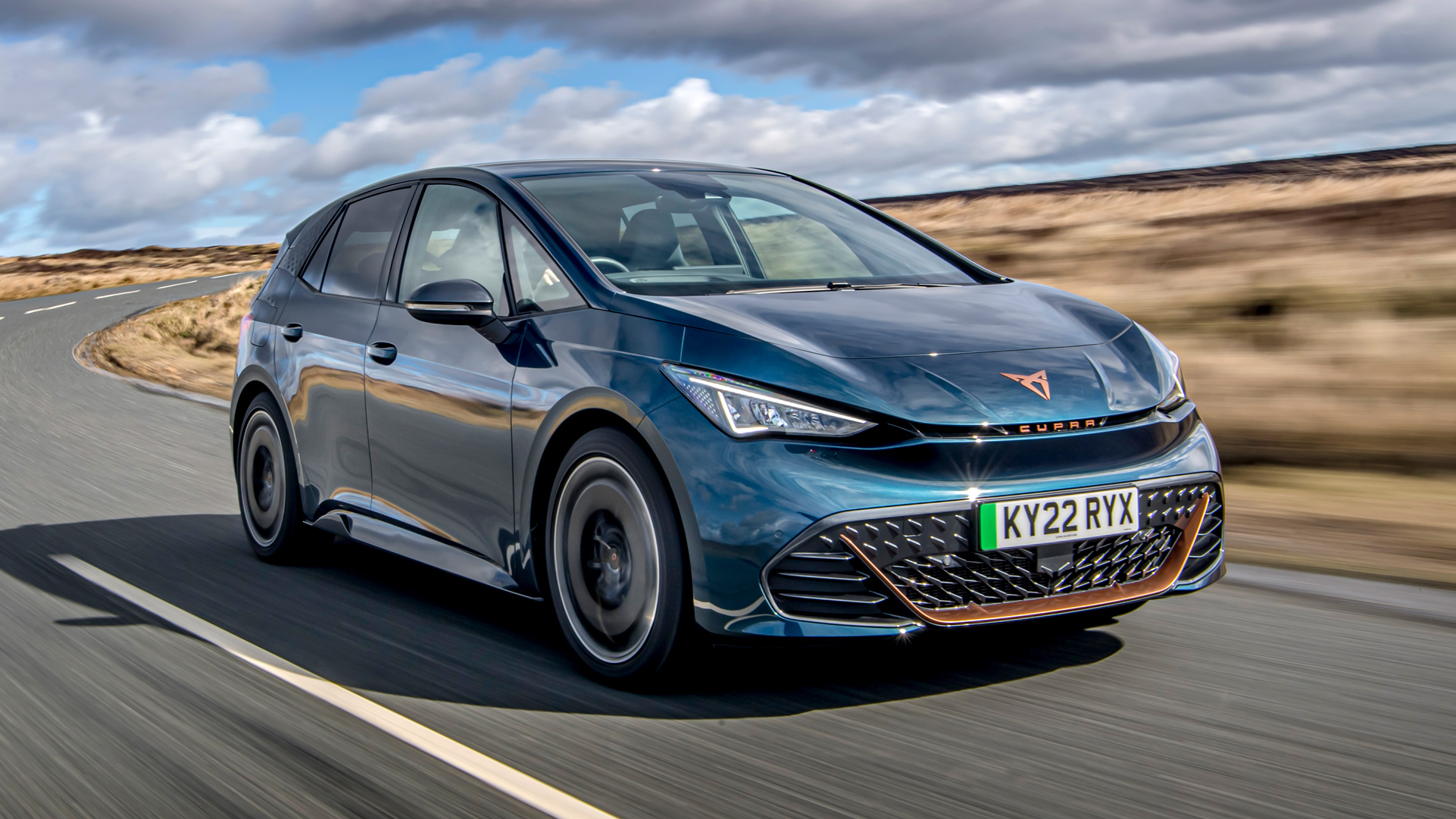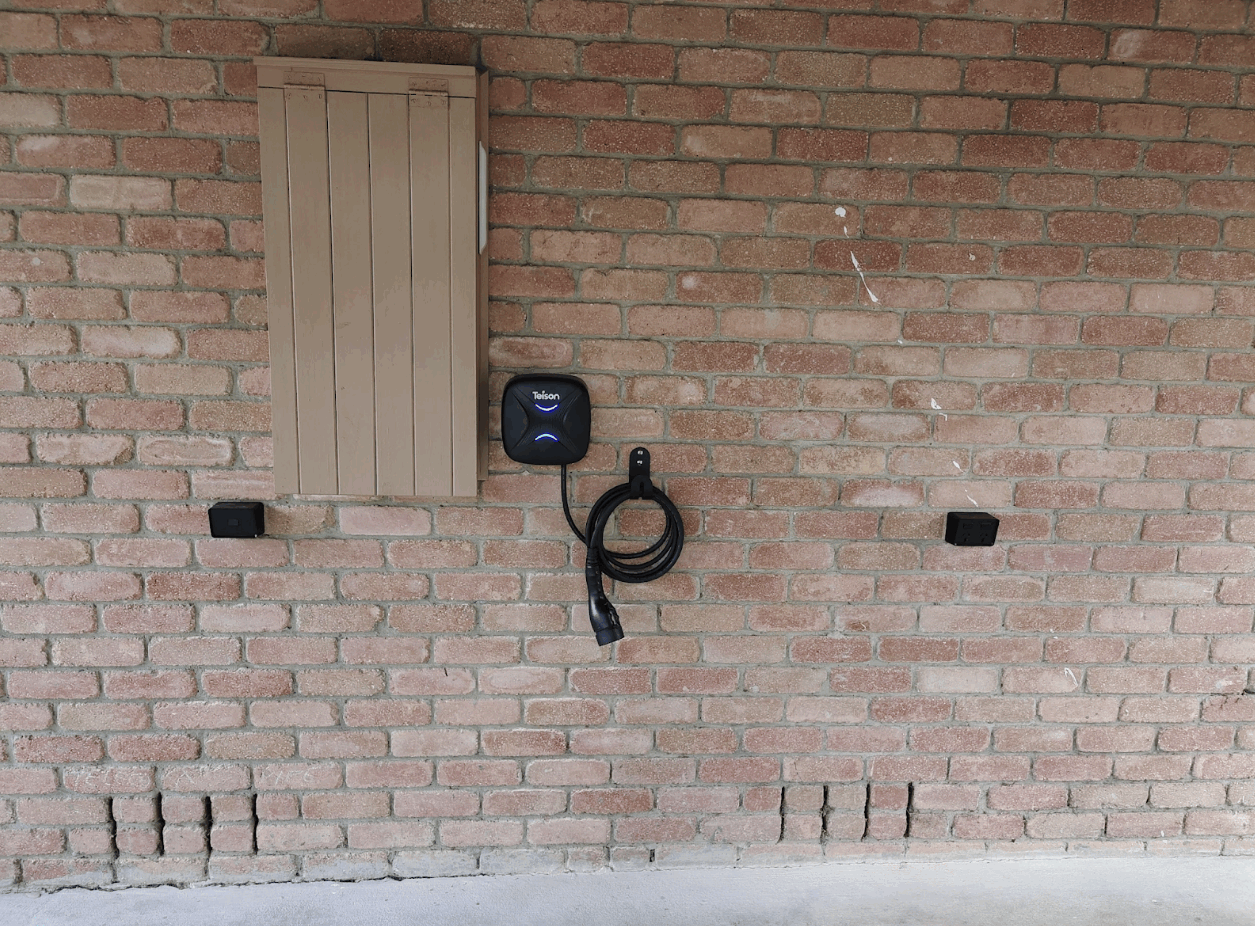Owning an EV means much to learn
29th April 2023
Greg Eden
You have many things to consider. First you have to stop thinking like a petrol car owner. I have purchased a Cupra Born EV and installed a 7 kW home charger in the carport. A Born is a hatchback about the size of a Corolla. At the time of writing my car is not yet delivered due to the backlog at our ports. My Born has a WLTP range of 511 km. Just like the rated range of a petrol car you can only achieve that in perfect conditions and driving carefully. I expect a comfortable 480 km. And just like a petrol car you do not run it down to empty. EVs have charger maps and reasonably accurate range estimates so running down to 10% is something you can do with confidence. Unlike the range estimate in my petrol car. In terms of efficiency EVs are the reverse of petrol cars. Petrol cars get their best consumption on the highway and consumption increases around town, EVs get their best consumption around town and use more on the highway. So if the vast majority of you driving is around town then an EV is a good choice.

Filling to 100% all the time is detrimental to a car battery. There are two aspects to charging. Home chargers and the destination chargers they put in Motels etc are AC feeds to run an internal charger built into the car. They max out at 11 kW, but for most people that is 7 kW for a single phase supply. If your EV has a 77 kWh battery you can do the maths. Around town you treat it like a phone. Charge overnight and trickle charge from an AC charger and limit the “fill” to 80%. In my car that is about 380km of range which is more than a week of driving for me. Most commuters do about 60 -80 km per day. That top up (20% – 80%) is about 46 kWh of charge for my car. So less than seven hours on a 7 kW charger (while I am asleep). And at a 30 cents per kWh tariff we get about $14. If you have solar panels and can charge during the day then that bill can approach zero.
The other aspect is high speed chargers. Fast DC charging starts at 50 kW and goes all the way up to 350 kW, depending on the charger and the car. There are two sockets on an EV to adapt to the two ways of charging. Using high power DC charging all the time can degrade the battery over time. When you are going up the highway to drive to Sydney for example then you would charge to 100% overnight on the home AC charger and then do three or four half hour breaks on the 900km journey and use DC charging to get back to 80% each time. In my case that is about 25 minutes. You do not need to sit and monitor the charge. It is all app controlled. Plug in and wander off to the toilets and the cafe and then return and drive off. You do not go to the counter to pay. When you arrive at your destination in Sydney you would want to go back to overnight slow charging. You do not need a full tank before you go to bed, you need a full tank when you wake up. Sadly at the moment you will need a mobile phone with at least six apps installed for route planning and paying for DC chargers. If you are with the RACV you get a 20% discount at all Chargefox chargers nationwide. Without the discount a fast DC charger at a highway servo is about twice the price of charging at home. But then, overall, you do not do that very often. Many chargers at shopping centres and motels are free. They are slower, so a two hour shopping stop might only get you 50 – 100 km of charge, but that is 50 – 100 km of driving for nothing. It is like Westfield giving you five litres of petrol for using their shopping centre.
Why 80%? It is similar to a phone. The battery charges quickly to 80% then slows down for the last 20%. So a 20% to 80% charge is only about half the time of a 20% to 100% charge. Thus it can be faster overall to add an extra stop and only go to 80% each time. Of course there are times when you need that 100% tank if you have to drive 450 km to the next charger because there is nothing in between. On the main highways on the east coast there are plenty of chargers and more being installed every week.
For most people 90% of their driving is in Melbourne and a home charger is more than enough. In that scenario you would NEVER go to a suburban servo to recharge. A weekend trip to Bendigo and back, for example, can be done just by charging to 100% the night before you set off. Depending on which EV you have, its battery capacity and normal range. Borns have a very good range.
It is only on longer trips, that you want to do in one day, that will require you to use high speed DC charging at a servo.
Treat your battery right and it will last as long as the car. There is the issue of apartment dwellers and for them, for now, owning an EV is too hard. There is new battery technology appearing every other week and one advance is LFP (Lithium Iron Phosphate) batteries found in Chinese made cars (including our Teslas) that are quite happy to charge to 100% all of the time without degradation. BYD Blade batteries are very robust and are pretty much fireproof.
There is one last aspect to consider. That is maximum charge speed. If you only ever drive around Melbourne, or locally to your home, then a fast DC charge rate is irrelevant. Treat your EV like a big mobile phone. Most of the cheaper EVs can only charge at 80 kW. That means that if you do venture forth up the highway your recharge stops will be closer to an hour. If you were driving to Sydney then that would get tired very quickly. My car has a maximum rate of 170 kW. Some of the more expensive cars can go all the way to 350 kW. If you do a lot of highway driving then faster charging is essential. There is a YouTube video from Norway where a Cupra Born was driven 610 km. By limiting recharges to 80% and only using fast DC chargers the total stopped time was 38 minutes. That is 38 minutes in a seven hour journey. The reviewer barely had time for toilet breaks and food. But, of course, he was making a point and trying to get the best outcome. I often drive to Canberra which is 650 km. No problems.
How have I learned all of this before I have an EV? That is simple. YouTube. There are thousands of videos of road tests, charger tests, charging techniques, home charger installation and so on.

My charger is patiently waiting to be put to use.





Recent Comments